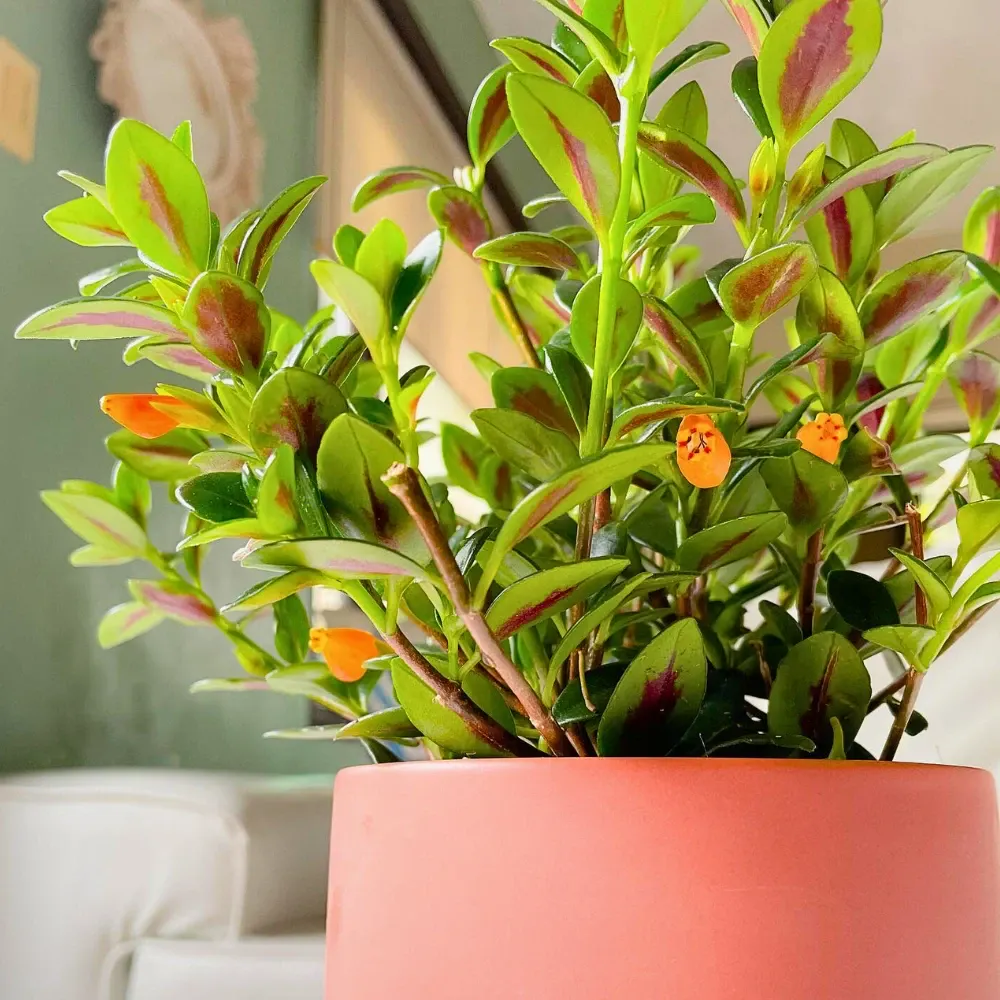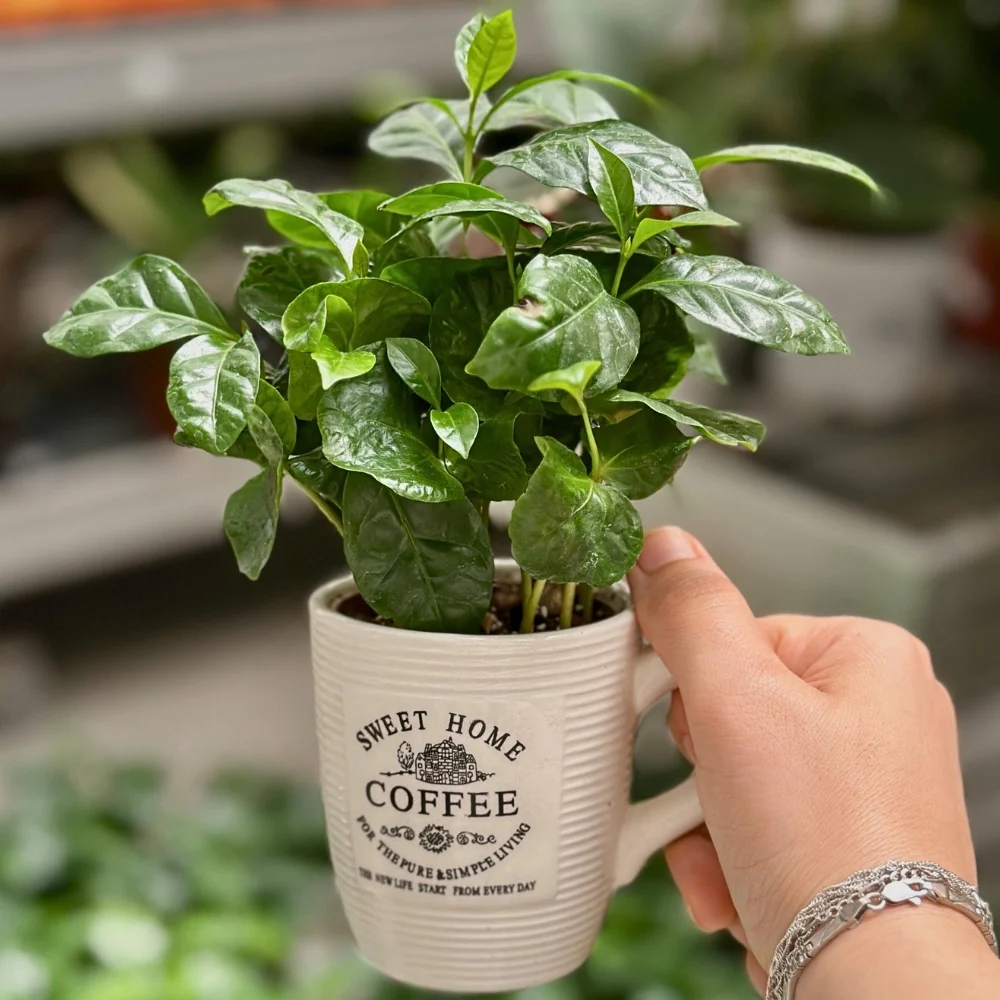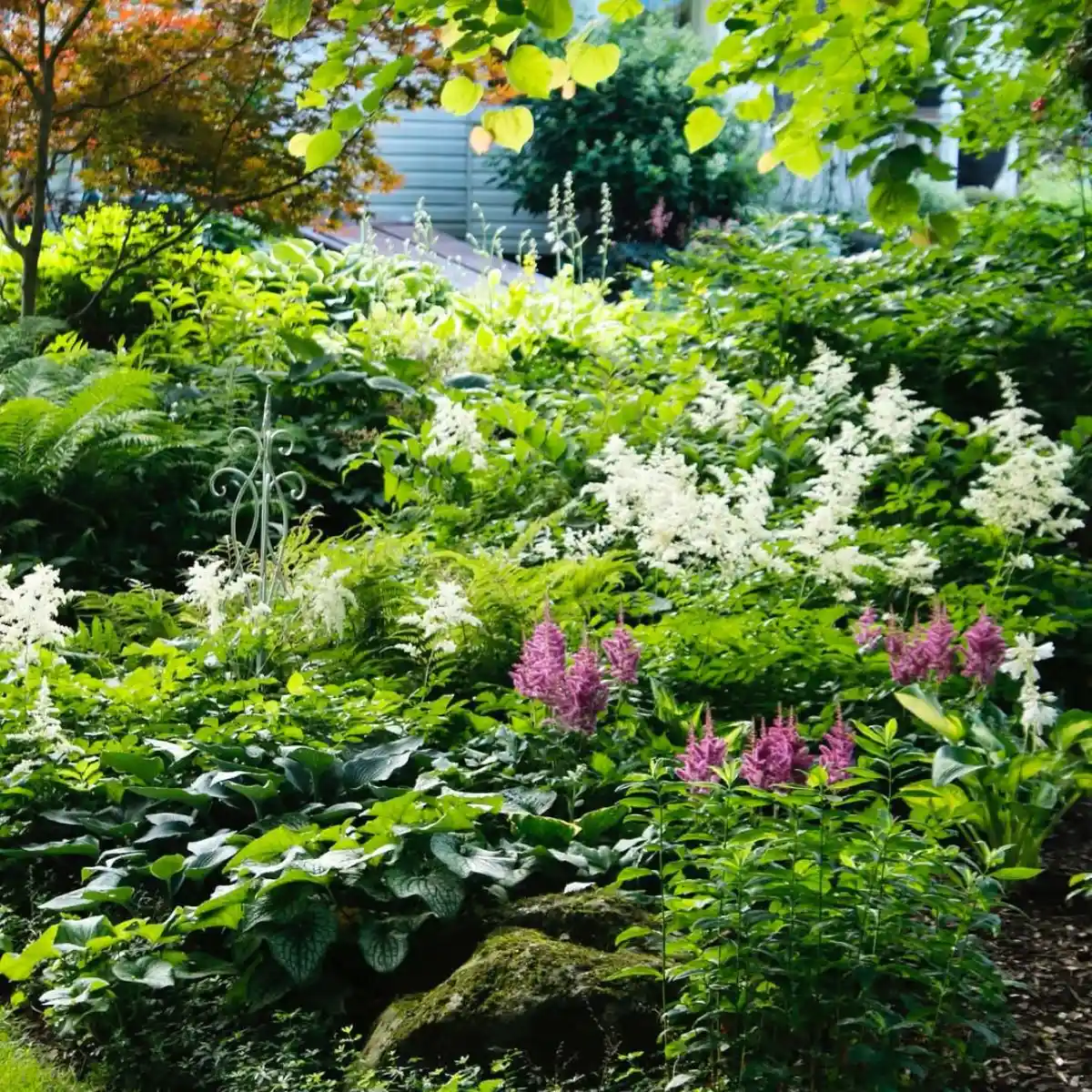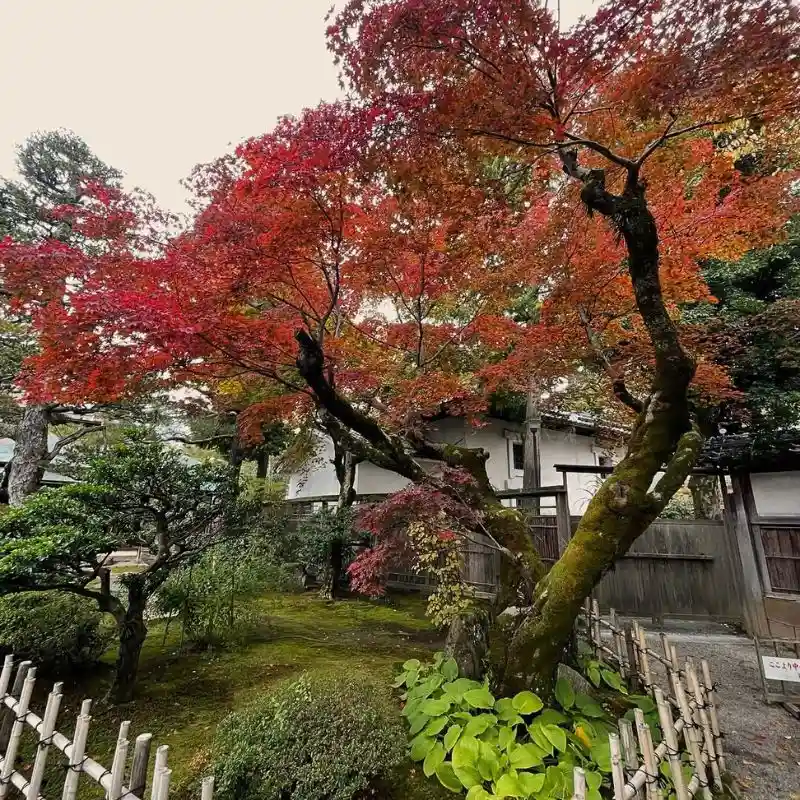Imagine the following: stepping onto your own private verdant haven, nestled sky-high above the building where you’re living. What a delight, right?
Rooftop gardens offer a unique escape, a chance to cultivate urban agriculture, beauty, and tranquility right at your fingertips.
Nevertheless, choosing the right plants for the growing space in your rooftop garden requires mindful consideration. Luckily, this post aims to help you green-thumbed enthusiasts.
The following points aim to provide guidance and unveil the secrets to transforming your rooftop into a flourishing green paradise. Read on to learn more.

Look For Sun-Seeking And Shade-Loving Plants
Rooftop conditions can be unforgiving, with scorching sun and relentless winds dominating the scene. Luckily, there are plants that can thrive in such conditions.
Vibrant lantana thrives in sunny spots like rooftop gardens, boasting a kaleidoscope of blooms that attract butterflies and hummingbirds. Rosemary, with its fragrant needles and culinary versatility, also embraces the sunshine with open arms. Other examples of sun-loving plants include daylily, sedum, verbena, and the like.
For those seeking cooler corners from slate roofs, lacy ferns like maidenhair and bird’s nest offer a delicate charm, creating pockets of emerald serenity. Consider shade-loving hostas, with their graceful leaves, or the vibrant splashes of impatiens for shady nooks. Other examples of shade-seeking plants include bush lily, Japanese maple, and others.
Take Advantage Of Flowers As Well As Edible Greens
Who says rooftop gardens can’t be feasts for both the eyes and the tummy?
For a vibrant-looking rooftop garden from four types of metal roofs, petunias and geraniums paint your rooftop in bold hues, welcoming pollinators with open petals. Nasturtiums, with their fiery orange and yellow blooms, add a touch of whimsical charm while offering edible flowers for salads, too. Other colorful flower species that work well with rooftop garden spaces include hydrangeas and so on.
On the other hand, are you craving for some homegrown goodness? Cherry tomatoes, peppers, and even leafy greens thrive in containers, rewarding you with fresh, organic produce throughout the whole year. Compact herb spirals brimming with basil, chives, and oregano bring both fragrance and flavor to your fingertips.

Incorporate Tough-As-Nails And Low-Maintenance Plants Into Your Rooftop Garden
Not every rooftop gardener has the time to spend fussing over their rooftop greenery. Luckily, there are practical options you can introduce to your rooftop garden. Examples include succulents, lavender, and low-maintenance ornamental grass species.
Succulents, with their fleshy, water-storing leaves, thrive in the sun without requiring too much care. They add pops of vibrant green, purple, and red.
To add, lavender, with its calming fragrance and drought-tolerant nature, makes a wonderful low-maintenance choice.
Lastly, don’t forget ornamental grasses like blue fescue and muhly grass, swaying gracefully in the breeze and adding textural interest to your urban oasis.
Looking Beyond The Greenery In Your Rooftop: It’s More Than Just Your Plant Choice
Remember, your rooftop garden is an extension of your living space. Hence, you can include additional features to make your rooftop garden a conducive living area.
Consider incorporating vertical elements like climbing vines for privacy and visual interest. Clematis, with its bell-shaped blooms, or fragrant honeysuckle will drape your rooftop walls in fragrant beauty. Besides that, they can provide coverage, which protects you from unwanted attention from fellow neighbors with rooftop areas.
Also, don’t forget to add water features to your rooftop garden space. For instance, a small birdbath or trickling fountain attracts feathered friends and adds a soothing element to your rooftop sanctuary. Additional water fixtures provide coolness to your rooftop space’s vibe as well as serve as interesting conversation pieces you can use when entertaining guests.
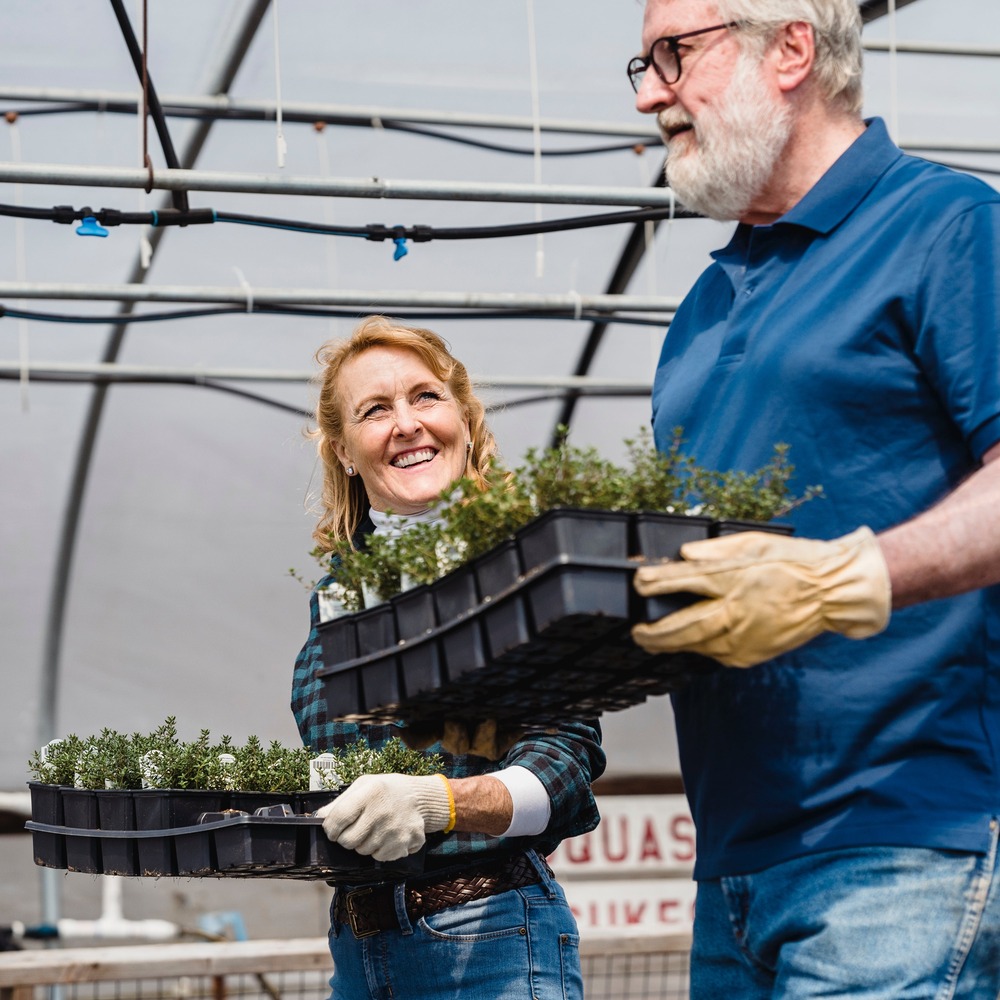
Additional Roof Gardening Tips You Should Know About
Achieving success in roof gardening doesn’t happen overnight. You need to exert time and effort to get the results that you’re looking for. Besides that, you need the appropriate know-how in setting up and managing your rooftop garden.
To help you, check out the helpful rooftop gardening points below.
- Research sun exposure and wind patterns in your locality to select plants that are suited to the microclimate on your rooftop. Reach out to your local weather bureau for expert guidance.
- Group plants with similar water needs together to streamline watering. This will help you manage your water system efficiently and save money on your monthly water bill.
- Set up a rainwater collection system on your rooftop so that you can utilize rainwater for your plants’ water needs. Not only are you saving on your monthly water dues, but you’re also doing your part in saving the environment.
- Don’t over-fertilize, as this can harm plants and pollute runoff. If possible, use organic fertilizers, such as those made from animal manure and/or discarded plant material.
- Attract beneficial insects like ladybugs to combat plant pests naturally.
- Regularly inspect your plants for signs of disease or pests and address them promptly.
- Practice sound potted planting methods. Go for lightweight but sturdy containers to avoid overburdening your rooftop structure. Select materials like terracotta or weatherproof and green plastic that can withstand the elements.
- Set up a reliable drainage system for your plants and rooftop area to avoid the pooling of excess water. Too much water can lead to root rot that’ll eventually kill off your rooftop plants. Besides that, stagnant water can be the home of mosquitoes that cause malaria, dengue, and other harmful illnesses.
- Group plants by color, height, and texture for visual interest. Mix and match different plant combinations as well as pots to further heighten visual appeal.
- Remember, your rooftop garden is a blank canvas for your green aspirations. Install stringed fairy lights for a touch of magic after dusk. Arrange comfortable seating for quiet mornings with a cup of coffee or starlit gatherings with friends. These are just some examples that you can try out in sprucing up your rooftop garden space. For further guidance, you can work with a trained interior designer and home contractor.
- Pick a sturdy roofing material to protect your greens from extreme weather events.
- Seek permission from your building manager if you’re living in an apartment complex before setting up your rooftop garden.
- Structures such as rooftop gardens may require approval from your county’s or city’s building council. Apply for the necessary permits to the relevant authorities before setting up your rooftop garden.
To Conclude
Transforming your rooftop into a verdant haven is more than just choosing plants. It’s about creating a space that reflects your personality and nurtures your well-being as well.
So, unleash your inner urban farmer, embrace the sun-drenched expanse, and watch your rooftop blossom into a thriving oasis. With the right plant choices and a touch of creativity, you’ll be basking in the beauty and bounty of your sky-high sanctuary in no time.
Happy rooftop gardening!



